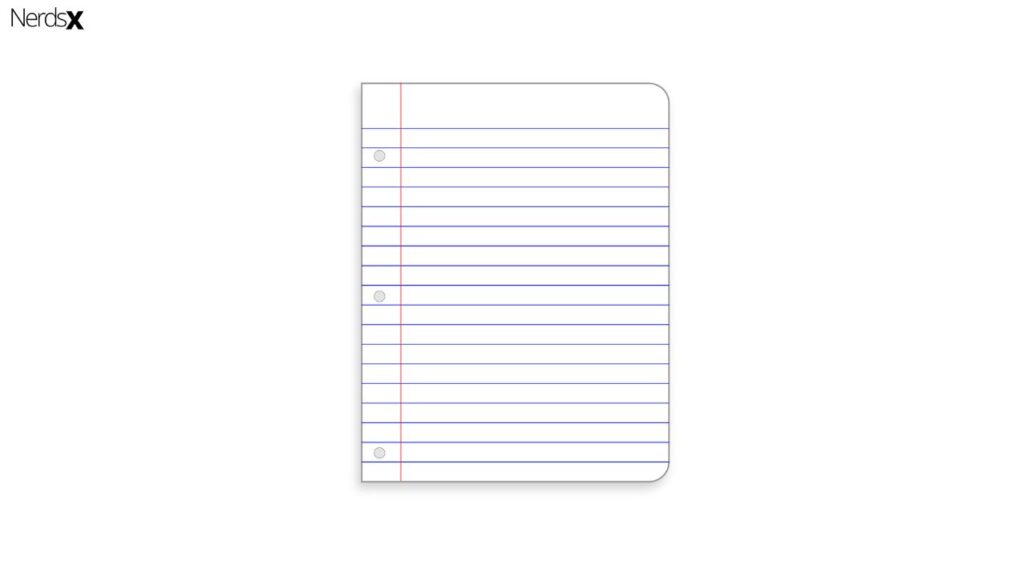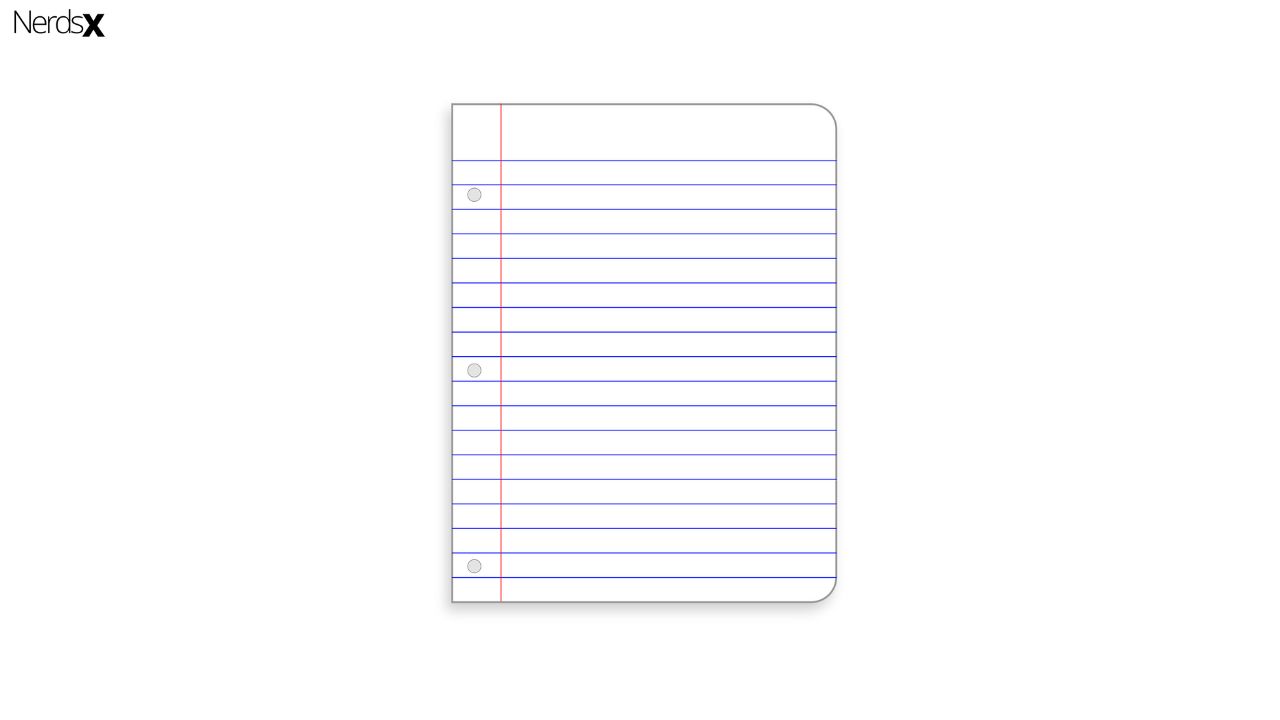The size of the paper influences many things. To mention a few, there are envelope sizes, binders, printer trays, file cabinets, mail service, frames, and papers. We can do everything digitally in our century. Are we, however, done with paper? Certainly no. In this article, we’ve provided you with computer paper size information.
Dimensions Of Standard Printer Paper
A US standard, based on conventional paper measures in inches, and an international standard, based on metric measurements, are the two principal paper standard systems in use across the globe. Many printers can handle a wide range of paper sizes.
A4 paper is often known as computer paper. The following are the official dimensions of this publication, which will not change: 210 x 297 mm, or 8.27 x 11.69 in inches.
The use of printers has not decreased as a result of digitalization. Even if it isn’t as dense as it once was, we still need to print information on paper. We’ll need computer paper to accomplish the task of printing information from a PC.
Default Computer Paper Sizes
The majority of office printers nowadays are built to print on 8.5-inch wide paper. The wider paper will frequently not fit in the printer, and narrower paper will likely slide from side to side when performing the print job.
The following are the standard paper sizes in the United States:
1. 8.5 x 11-inch letter-size paper has an aspect ratio of 1:1.2941 and is used for letters, pamphlets, and flyers.
2. 8.5 x 14-inch legal paper Brochures and flyers are typically printed on this paper, which is somewhat longer than letter-size paper. It has an aspect ratio of 1:1.6471.
3. 11 x 17-inch tabloid/ledger paper used for flyers and brochures and is twice as long as letter-size paper. It has an aspect ratio of 1:1.5455.
4. 8.5 x 5.5-inch half-letter-size paper has an aspect ratio of 1:1.5455 and is used for postcards, greeting cards, and tiny flyers.
In the United States, paper thickness is calculated based on the weight of 500 sheets or one ream. The logic behind this approach is that though the paper is exceedingly thin and measuring its breadth is complex, you can readily calculate the thickness because 500 sheets of thick paper weigh more than 500 sheets of thin paper.
However, because they weigh the paper before they cut it, there may be differences from one business to the next. It’s worth noting that 500 sheets of 20-pound paper don’t weigh that much. The abbreviation “#” is frequently used for pounds on paper packaging.
Bond paper is the most prevalent type of office paper today, and it’s what most people think of when they talk about printer paper. Bond paper is available in weights of 16, 20, 24, 28, 32, and 36 pounds.
Text paper is a type of paper commonly used in commercial printing for brochures and stationery. It is available in 50, 60, 70, 80, and 100 pounds.
Book paper comes in sizes ranging from 30 to 115 pounds and is used generally for printed books, catalogs, and periodicals.
Cardstock is a thick, rigid material that resembles light cardboard and is also known as cover paper. It is available in various sizes ranging from 60 to 120 pounds.
Index paper is available in 90, 110, and 140 pounds and is used for index cards, postcards, and folders.
Tag paper is a thick and robust paper commonly used for signage, price tags, and door hangers. It is available in numerous thicknesses ranging from 100 to 200 pounds.
Anything thicker than paper may not be compatible with most office printers.

Pixel Dimensions Of Computer Paper
While you can often measure the resolution of pictures on your screen in pixels, you typically measure the resolution of images on paper in PPI (pixels per inch) or the equivalent DPI (dots per inch).�?
Your printer and software settings govern the number of pixels on a sheet of paper, much as the quality of your screen’s resolution influences the size of an image you see on one screen compared to another.
In brief, there is no straight conversion from pixels to paper size without first considering the print quality of your printer and the picture quality on your computer.
�?Professional printers advocate using a software setting of 300 PPI for the greatest quality, which you can achieve from your printer settings (high-quality option) or apps like Adobe Photoshop.
A conventional letter-size sheet of paper with 300 PPI will be 2550 pixels wide (300 pixels per inch x 8.5 inches) and 3300 pixels high (300 pixels per inch x 11 inches).
Who Sets The Paper Size Guidelines?
The American National Standards Institute, or ANSI, determines standard paper sizes in the United States. ANSI Y14.1 is the standard that contains all standardized paper dimensions.
The International Organization for Standardization, or ISO, oversees paper size standards throughout the rest of the globe. The international standard for paper sizes is ISO 216. It has its basis on a square root of two aspect ratios, similar to the side and diagonal. Georg Christoph Lichtenberg, a German physicist, first presented this concept in 1786. Dr. Walter Porstmann popularized Lichtenberg’s views in Germany in 1922. The DIN 476 standard was the name given to this new standard.�?
The A4 paper size is the common ISO paper size.
Other types of paper are available. Moreover, each country has its institute in charge of creating rules. However, the ANSI and ISO systems are the most widely used paper size standards worldwide.
What Are The Distinctions Between ISO Standards And Standards In North America?
There are significant variances between ISO 216 paper sizes and those used in North America.
Most fundamentally, North American standards have the basis on the imperial rather than the metric measuring system. In the United States, letter-size paper is 8.5 by 11 inches. A4 paper, which is the closest ISO equivalent, measures 210 x 297 mm. That is 8.27 x 11.7, which is a less user-friendly figure when stated in inches.
The aspect ratio is another significant distinction between North American and foreign paper sizes. The aspect ratio of the ISO A-Series paper is 1:2.�?
The height and breadth are related in the same manner as the side and diagonal of a square are related to each other.
However, in the United States, standard paper sizes do not have a constant aspect ratio.
To the naked eye, the distinctions are hardly discernible. Unless you put them side by side, most people would not notice the difference in dimensions between regular US letter size paper and ISO A4 paper.
ISO paper’s most useful and distinctive feature is that each format has an aspect ratio of the square root of two (1:4142), making it easy to enlarge or shrink a document for printing on another ISO paper format. A series of ISO standards is the most widely used. The A4 format is the most extensively used paper in this series. This series’ paper sizes all have a name that begins with an A and ends with a number. The smaller the paper, the higher the number.
Are There Any Other Standard Paper Series?
While A-size paper is the most prevalent, different paper sizes are available. B-Series and C-Series are in ISO 219 standards. The B-Series has significantly larger proportions, making it ideal for posters. The C-Series is also somewhat broader than the A-Series, which is why it’s best for envelopes: A-Series sheets fit well within C-Series envelopes.
The A0 format, which has a one-square-meter surface area, serves as the foundation for the whole system. A sheet of A0 paper measures 841 × 1189 millimeters when the aspect ratio is equal to the square root of two. You may calculate the dimensions of the successive paper sizes without much difficulty since you can make each size by folding the paper in half with the crease parallel to the shortest sides. If you use an A0 piece of paper, the measurements will be 594 x 841 millimeters, which is the A1 size. Remember that A1’s height is the same as A0’s width.
The ISO 219 standard specifies the number of RA and SRA paper sizes. SRA stands for “Supplementary Raw Format A.”
SRA paper sizes contain an extra bleed space and are exactly 105 percent the size of their A-Series counterparts. SRA4 has 5 percent larger dimensions than A4, SRA3 has 5 percent larger dimensions than A3, SRA2 has 5 percent larger dimensions than A2, and SRA1 has 5 percent larger dimensions than A1.
Conclusion
Depending on where you reside, you use different paper sizes. While most of the globe follows the ISO 216 standard for paper sheet sizes, the North American system differs significantly and employs simpler measurements to explain in inches.
Your actual location mostly determines the sort of paper you use. Some persons should have both ISO and ANSI paper on hand at all times. University students and individuals who conduct foreign business or frequently send letters abroad are examples of such persons. Many local office supply businesses, regardless of nation, offer both types of paper; however, special ordering may be necessary at times.

